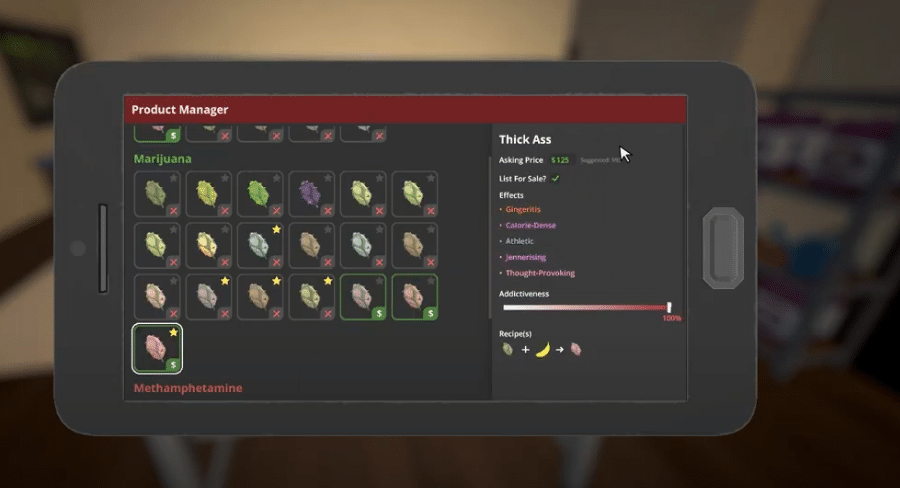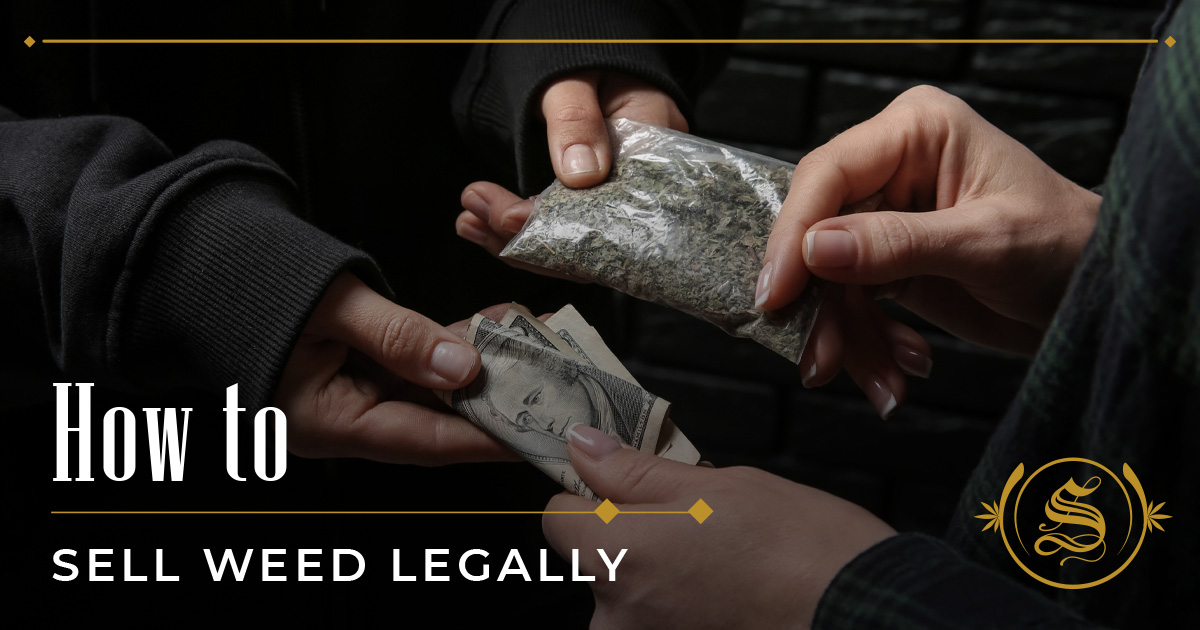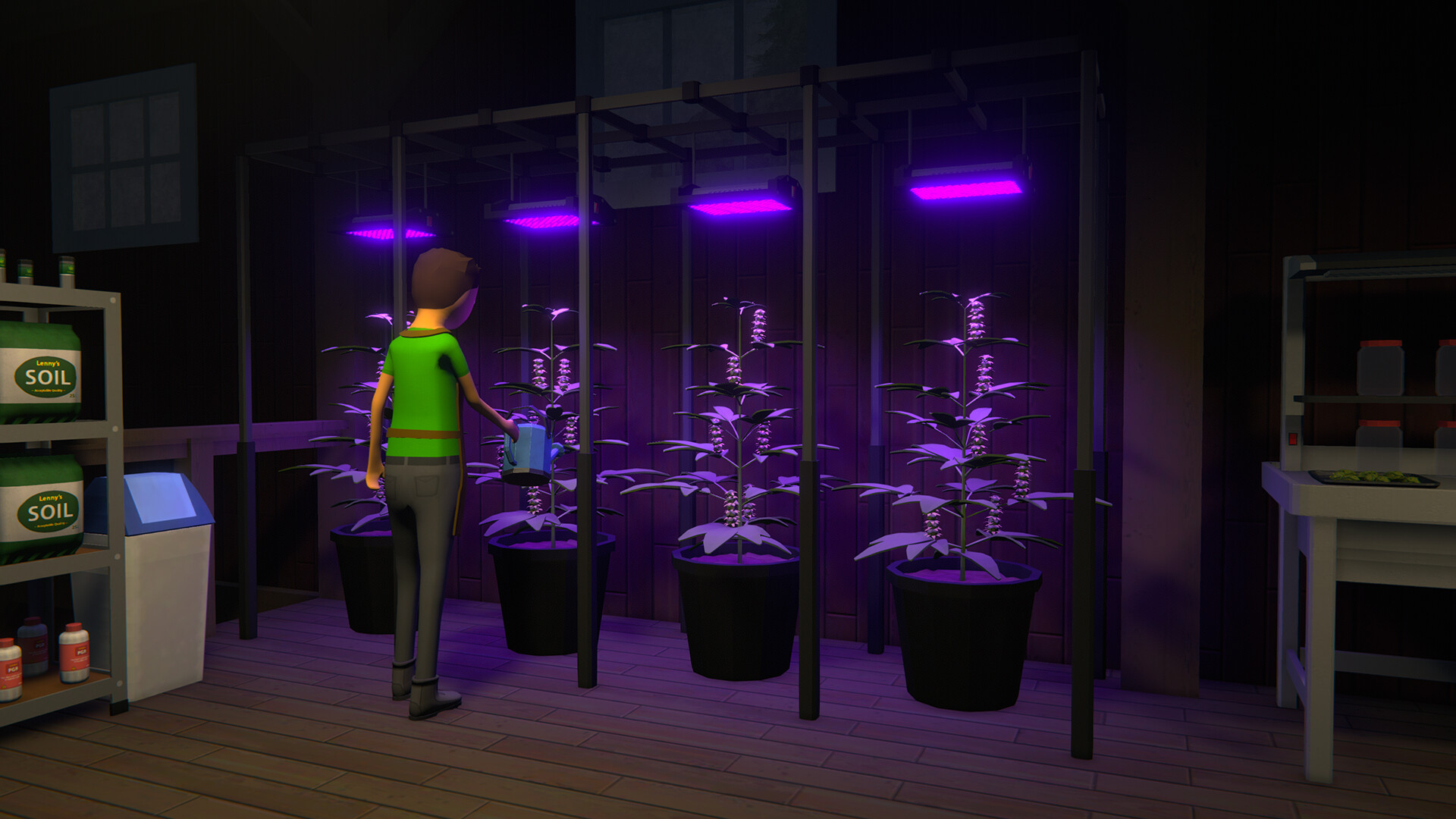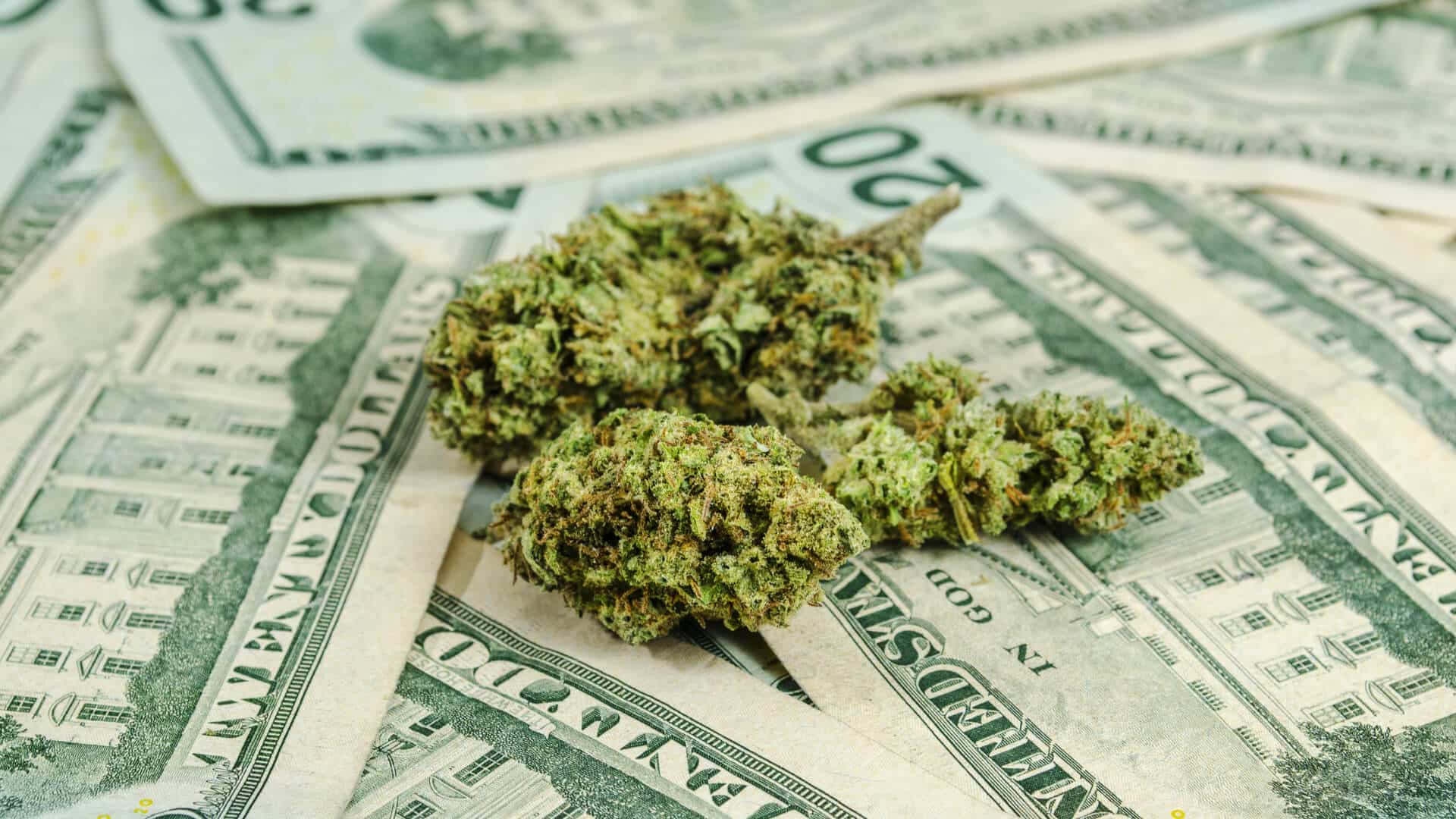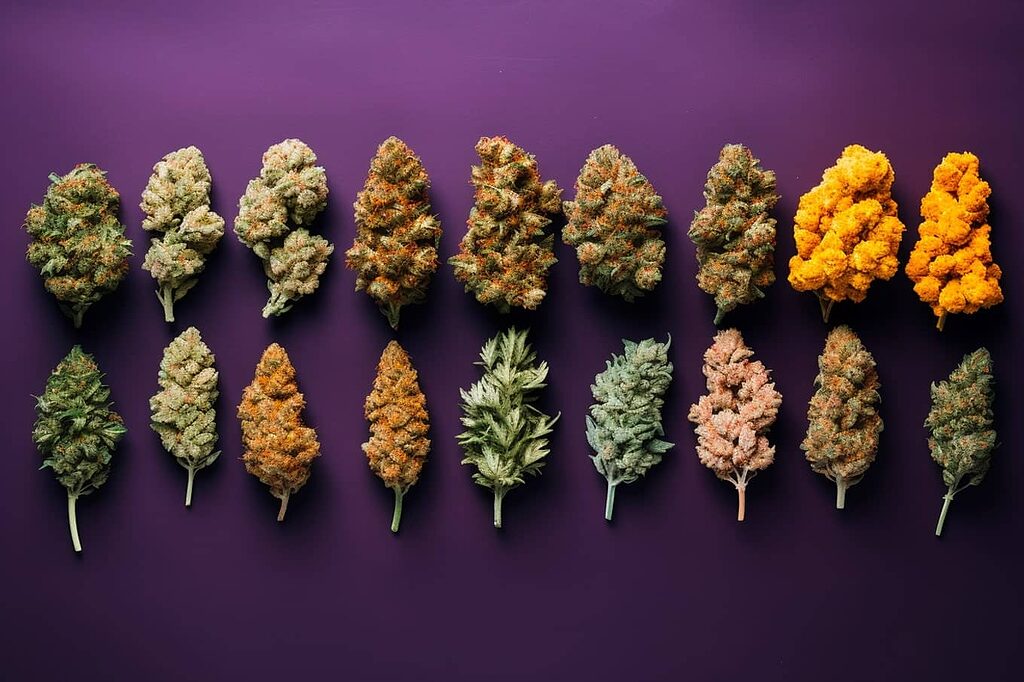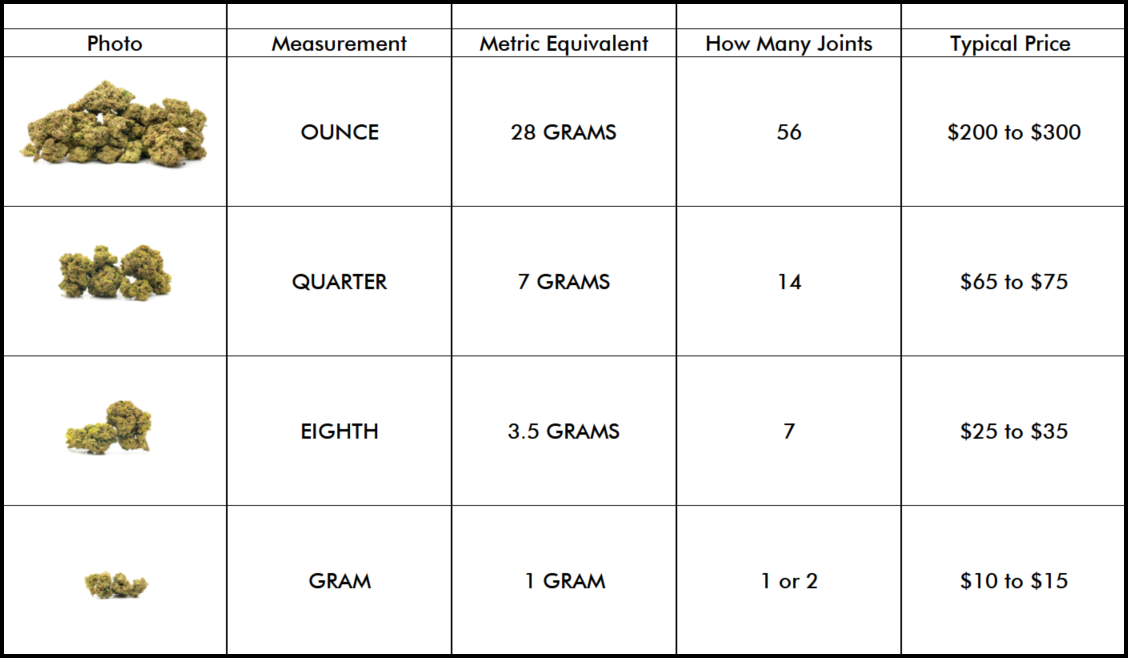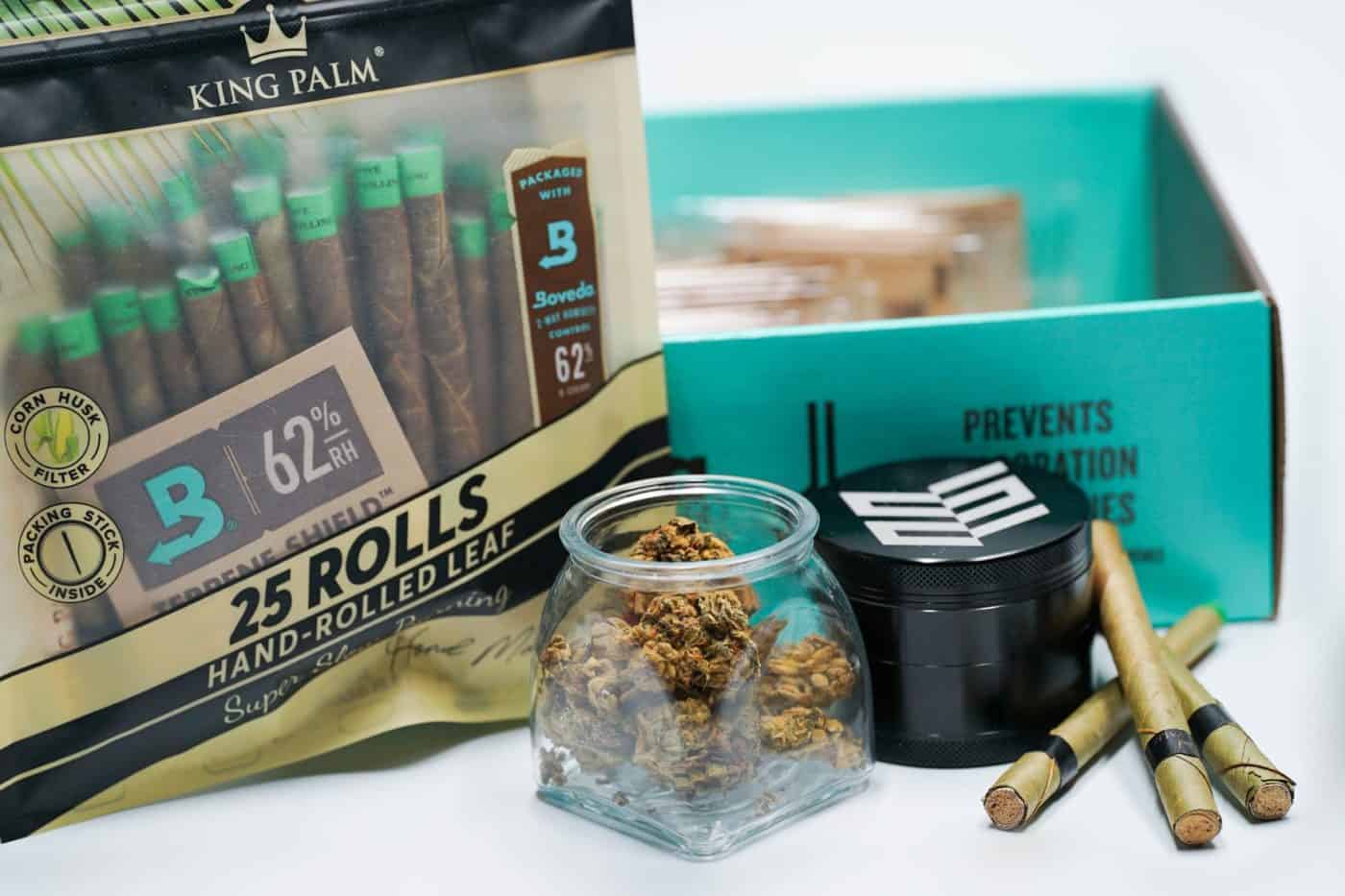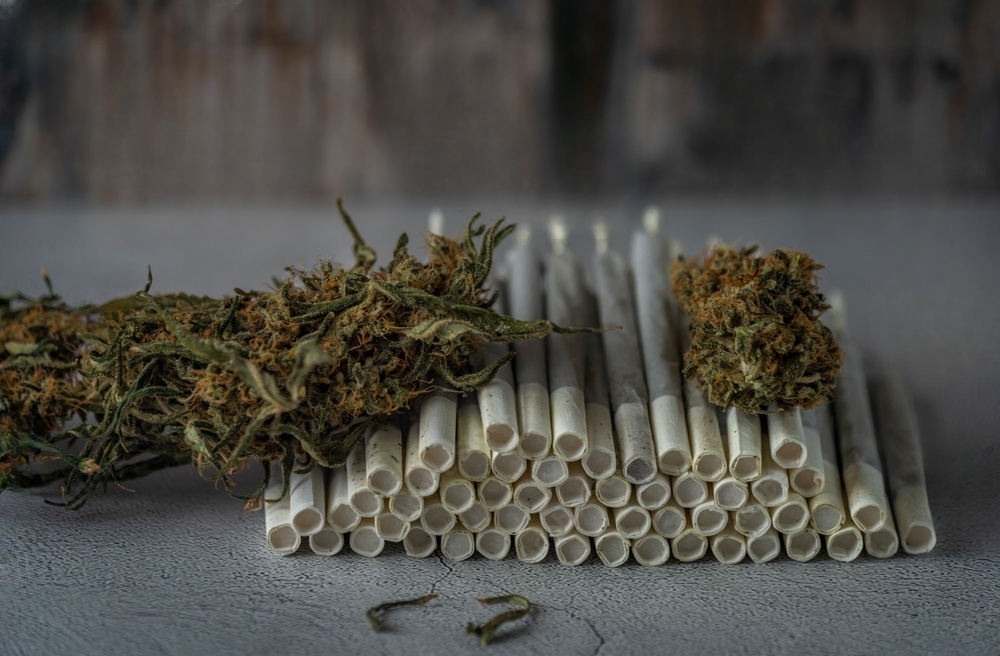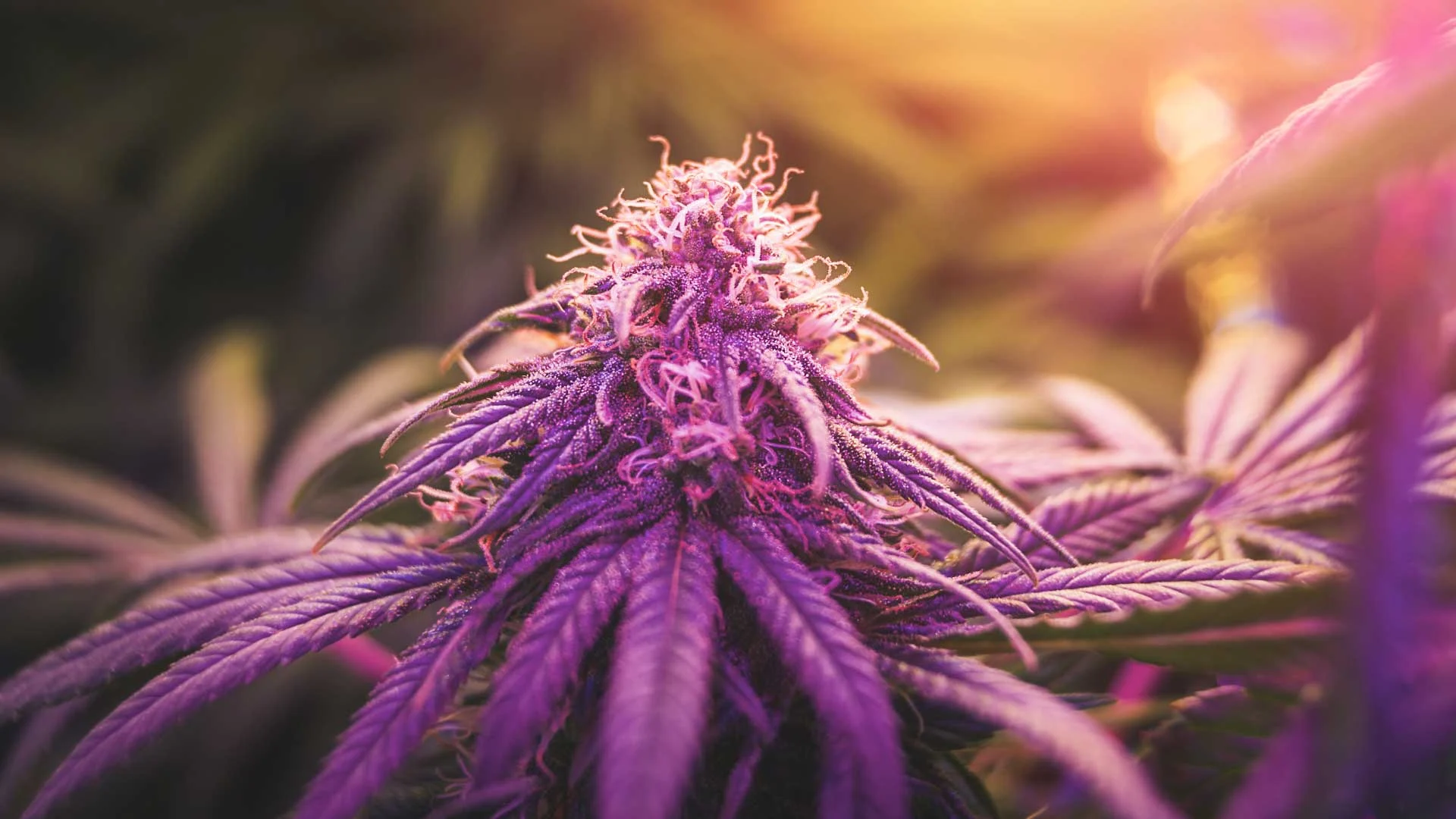Schedule 1 Best Weed To Sell
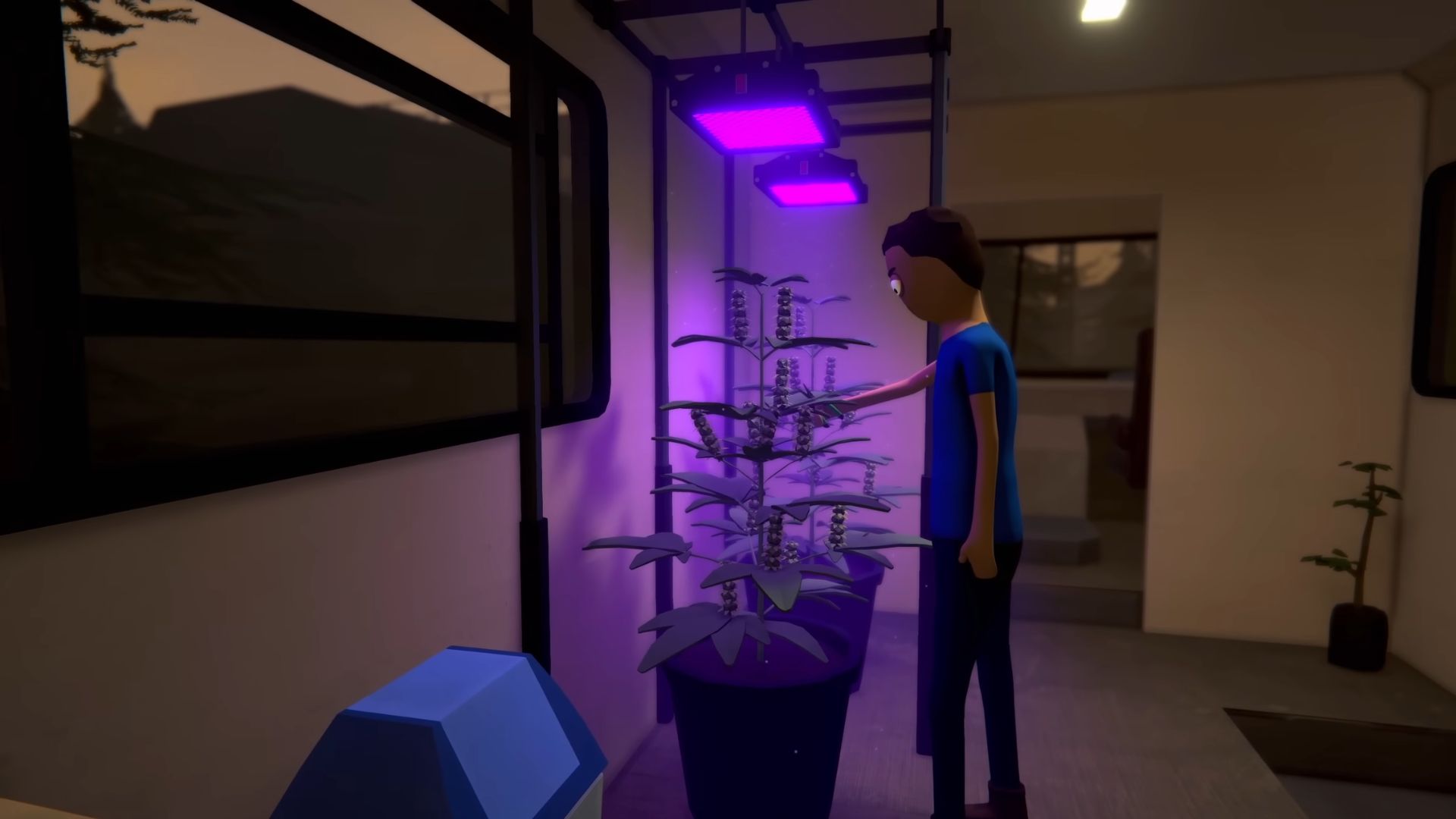
The illicit cannabis market continues to thrive despite increasing legalization efforts across the United States, with a persistent demand shaping underground economics and consumer preferences. While state-regulated dispensaries offer a growing array of products, the black market often caters to different priorities, raising questions about what strains and products command the highest prices and drive illegal sales.
This article explores the dynamics of the illicit cannabis market, focusing on which types of cannabis—specifically, those often classified as 'Schedule 1' due to their high THC content and perceived lack of medical value under federal law—are most sought after and contribute significantly to illegal sales. Understanding these trends is crucial for policymakers, law enforcement, and the cannabis industry to better address the challenges and complexities of a market in transition.
Illicit Market Dynamics: A Look at Demand
The demand in the illegal cannabis market is influenced by several factors, including potency, availability, price, and consumer preferences. Unlike regulated markets, the illicit market is not constrained by testing regulations, allowing for the circulation of cannabis strains with exceptionally high THC levels.
These high-potency strains, often categorized under the broad umbrella of 'exotics,' command premium prices. The term 'exotics' isn't scientifically defined but typically refers to rare or highly sought-after cultivars known for their unique terpene profiles, potent effects, and visual appeal.
The Role of Potency and Terpenes
Consumers in the illicit market often prioritize potency, seeking strains that offer the most intense psychoactive effects. This demand drives the cultivation and distribution of strains engineered for maximum THC content.
However, the preference isn't solely based on THC. Terpenes, the aromatic compounds in cannabis, also play a significant role. Certain terpene profiles are associated with specific effects, such as relaxation, euphoria, or increased focus, influencing consumer choice.
The interplay between THC and terpenes, often referred to as the "entourage effect," is a key factor driving demand for particular strains in the illicit market.
"Schedule 1" Considerations and Legal Ramifications
Federally, cannabis remains classified as a Schedule 1 substance under the Controlled Substances Act. This classification means the federal government considers it to have a high potential for abuse and no currently accepted medical use, despite growing evidence and state-level legalization efforts to the contrary.
Strains with high THC content, even if medically beneficial, fall under this restrictive categorization. This legal framework creates a situation where even the most sought-after cannabis varieties, potentially used for pain management or other ailments, are treated as dangerous substances at the federal level.
"The continued Schedule 1 classification of cannabis creates a significant disconnect between federal law and state-level realities," according to a report by the National Cannabis Industry Association (NCIA).
Regional Variations and Price Points
The specific strains that are most popular and command the highest prices vary geographically. In some regions, specific strains like "Runtz" or "Gelato" are highly prized due to their perceived rarity and unique flavor profiles.
Prices also fluctuate based on local market conditions, competition, and enforcement efforts. Areas with stricter law enforcement tend to have higher prices due to the increased risk associated with distribution and sale.
The black market price for high-quality cannabis can range from $300 to $600 per ounce, depending on the strain, location, and quality.
Impact on Legal Markets and Society
The persistent demand for high-potency cannabis in the illicit market poses challenges for legal cannabis businesses. Legal dispensaries often face competition from the black market, which can offer lower prices and a wider range of high-THC products without the same regulatory burdens and taxes.
This competition can hinder the growth of the legal industry and undermine efforts to regulate cannabis effectively.
Furthermore, the illicit market's lack of quality control and testing poses risks to consumers. Contaminated or mislabeled products can lead to health problems and erode trust in the cannabis industry as a whole.
A Human Perspective
For some consumers, the illicit market represents a more accessible and affordable option, especially for those seeking specific strains or higher potency levels that may be less available or more expensive in regulated dispensaries.
However, this choice comes with inherent risks, including exposure to unregulated products and potential legal consequences.
One anonymous user on a cannabis forum stated, "I prefer the convenience and price of my local dealer, even if it means taking a risk. The dispensary prices are just too high."
Conclusion
The illicit cannabis market remains a complex and dynamic space, driven by consumer demand for potency, flavor, and accessibility. While specific strains may vary in popularity depending on regional trends and preferences, the overarching demand for high-THC cannabis, often categorized as "Schedule 1" under federal law, continues to fuel illegal sales.
Addressing this persistent market requires a multi-faceted approach that includes considering regulatory frameworks, enforcement strategies, and consumer education.
Ultimately, understanding the motivations and preferences of consumers in the illicit market is crucial for developing effective policies that promote public health and safety while fostering a sustainable and responsible cannabis industry.
